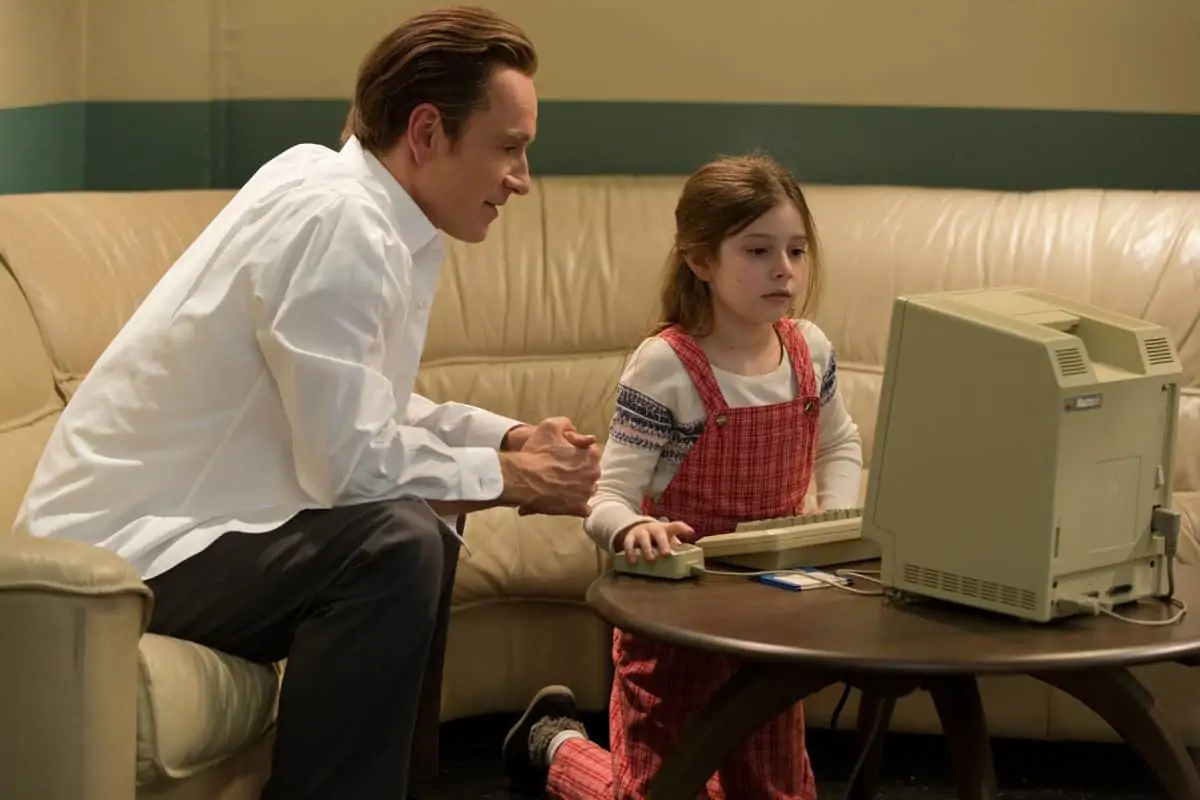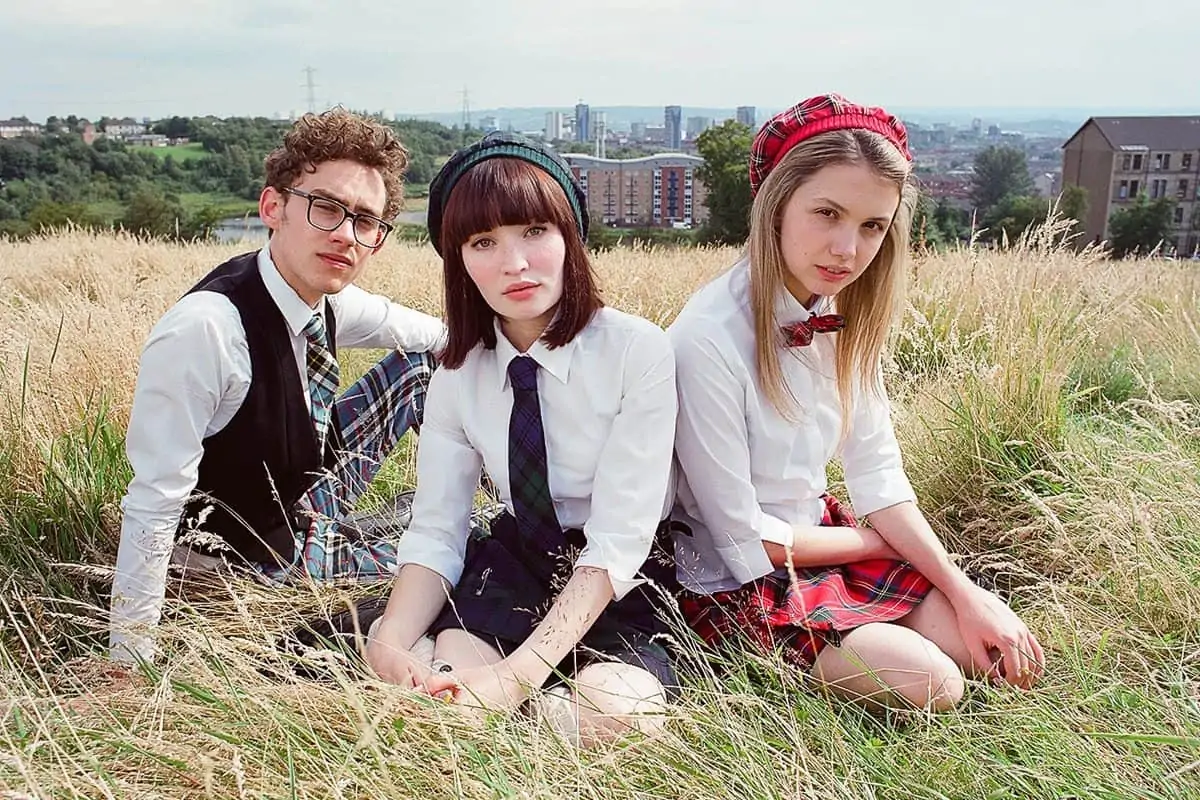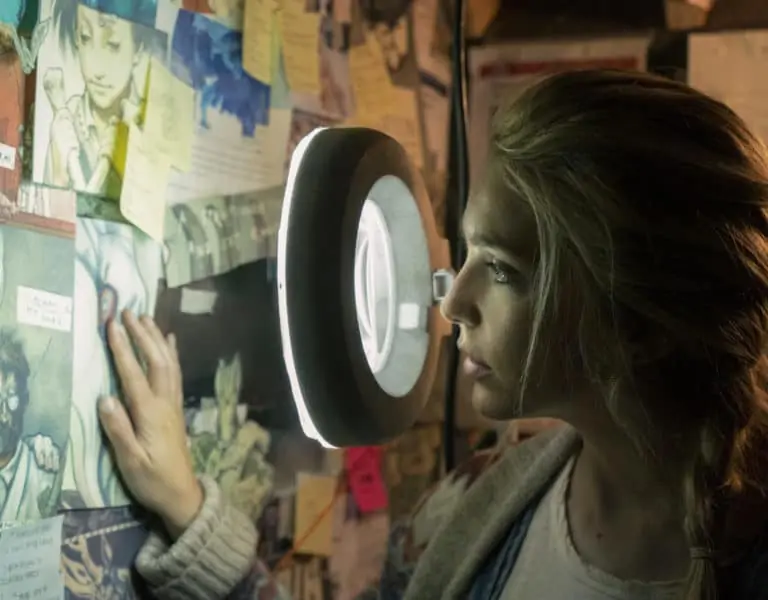Dynamic Fun
Alwin Kulcher BSC / R.I.P.D
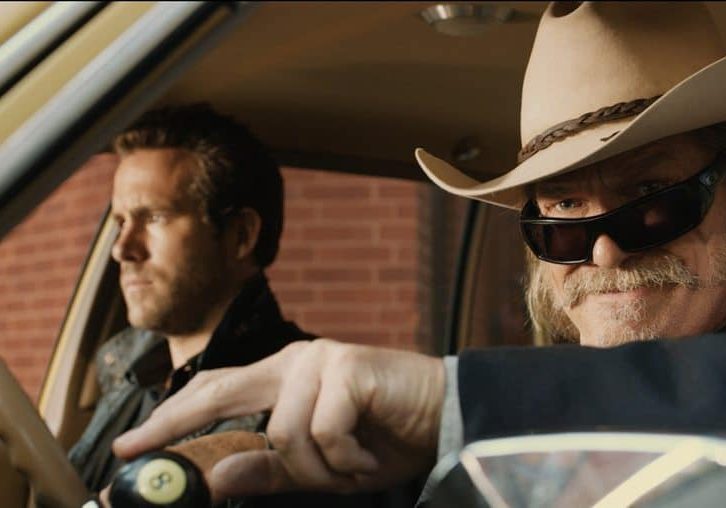
Dynamic Fun
Alwin Kulcher BSC / R.I.P.D
For a filmography as impressive and varied as Alwin Küchler’s, one must wonder if he’s been choosing the films or the films have been choosing him. Let’s not kid ourselves of course, we all realise the luck that comes with the rewarding and demanding career of being a filmmaker. And it’s no different being a cinematographer.
“Of course it’s the film’s that chooses me, meaning that the director approaches me usually,” says Küchler, “but I always try to look for something that will be interesting, a challenge. It’s like mountaineering. You have to set a goal that is daring enough to scare you a bit, but knowing all the way that you can make it and you can overcome the challenge.”
For all of Küchler’s notable and varied films, like Sunshine (2007), Morning Glory (2010) Hanna (2011) and Marley (2012), he’d never done a big studio feature along the lines of R.I.P.D. The movie is about a recently slain cop who joins a team of undead police officers working for the ‘Rest In Peace Department’ and tries to find the man who murdered him. It stars Jeff Bridges, Ryan Reynolds, Mary-Louise Parker and Kevin Bacon.
After being briefly involved with Oblivion before it changed studios and filming was delayed, director Robert Schwentke contacted Küchler’s agent for R.I.P.D. Küchler realised it was not only a big action blockbuster, but he felt it was funny too and loved the idea that Jeff Bridges would be in a movie like this. “He’s the type of actor who really puts soul into the roles he takes on. So with that combination of a technically challenging film and an interesting script, I knew I wanted to work on this film,” says Küchler.
Filming a documentary like Marley, Küchler would get to walk around with his Canon 5D, and truly relished the spontaneity of shooting like that – completely opposite from all the visual effects on a blockbuster like R.I.P.D. The VFX were done by the recently bankrupted Rhythm & Hues, with pre-visualization by Proof, Inc.. He compares shooting Marley to photojournalism, getting to explore a character or a place on the fly, which is close to where he began is career with cameras, as a still photographer.

Growing up in West Germany, Küchler started as a stills photographer and worked as an assistant. When it came time to make his mind up about what type of photography he wanted to pursue, he knew he didn’t care very much for commercial photography and didn’t like the people in fashion photography. He preferred documentary photography, but wasn’t sure he wanted to be in a far-away land often for months on his own.
“I was fortunate and had a friend who started a film school in Munich called the Art Institute, and that’s how I became interested in filmmaking,” recounts Küchler. “The first thing I ever shot was on an Arriflex 2C with revolving lenses using a Nikon FM as a light meter. When I saw the edited version of what we did, I was completely blown away with how powerful that image was to me. At age 24, I left Germany to study film at the National Film & Television School in London,” where he stayed and made his home for over 20 years.
Fast-forward to Boston in the United States 23 years later on the set of R.I.P.D., shooting with ARRI Alexas and a panoply of lenses, rented through Otto Nemenz, where many technical challenges lay in wait for Küchler.
“There is one sequence at the end of the movie where there’s a big standoff on a rooftop,” explains Küchler, who worked closely with Proof, Inc. to create the world that the audience would eventually see on screen.
“We filmed in an abandoned shipyard and it was one of the biggest sets I’d ever worked on. To light it I chose Chroma-Q Color Force LEDs from Paskal Lighting and the VFX supervisor Mike Wassel generated some moving graphics for the media server, which was connected to the dimmer board and passed the information on, making the 70 or so Color Forces to work like a Jumbotron on the ceiling, lighting the characters below.”

"We filmed in an abandoned shipyard and it was one of the biggest sets I’d ever worked on."
- Alwin Kulcher BSC
When you make films with budgets north of $100 million, the studios consider it a good investment to have extensive pre-viz. And moreover, it was Küchler’s first time ever shooting digital as well as his first time using pre-viz to this extent.
“They want to know what they are going to get for their money,” says Küchler. “But pre-viz, as helpful as it can be, can become confusing too, because it’s hard to be sure at times when my job was to do exactly what was in the pre-viz or to do what my instincts told me; a lot of the time we can become a slave to the pre-viz.”
In pre-viz the camera can move in ways that a real camera can't, so there were discussions like the one the team had over whether they should cut a car in half and shoot it in front of a greenscreen to get the movement correct.
“I prefer to shoot for real as much as I can,” he continues. “But that can sometimes be more dangerous, costly and time-consuming. Producers seem to prefer greenscreen because they believe it is faster, which it is, but they still don't allow time for a DP to make good lighting matches to the background. It also means that the director should decide beforehand what the background would be and for the background to be shot before you shoot the foreground – all things which don't happen very often.”
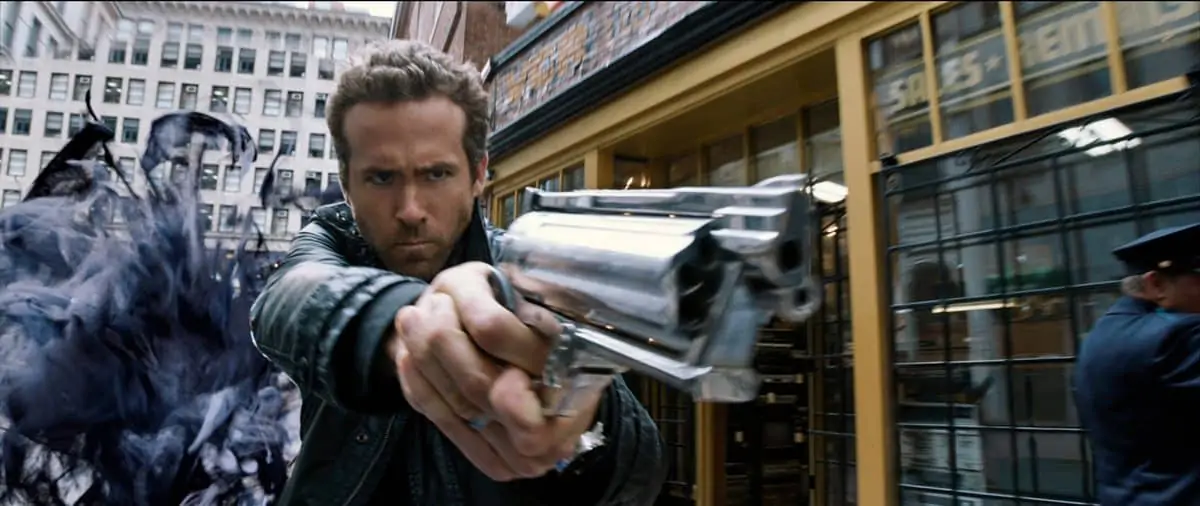
Ultimately, Küchler ended up shooting most of the car scenes in front of the greenscreen and help from pre-viz mixed with some real exterior shots done by the second unit DP Gary Capo.
“The story is from a comic book so we chose very dramatic lenses to bring that visualization to life. We used a 10-24mm T2.5 zoom lens made in Germany by Vantage. In any other film that lens might seem very in-your-face, but for this funny action picture, it was great fun to use those lenses. On a big film like this you get to play with very fun toys like that. We also used Master Primes, 18-85mm Fujinon zoom lens, a technically incredible lens that cost about $80K with a T2 stop which is unheard of for such a wide lens.”
Küchler’s key grip Jim Shelton invented what they nicknamed the Vomit Comet – a circular dolly track with a diameter of about eight feet, which circulated the camera around a character at high speeds: “We were able to get some really fun and dynamic shots with that.”

